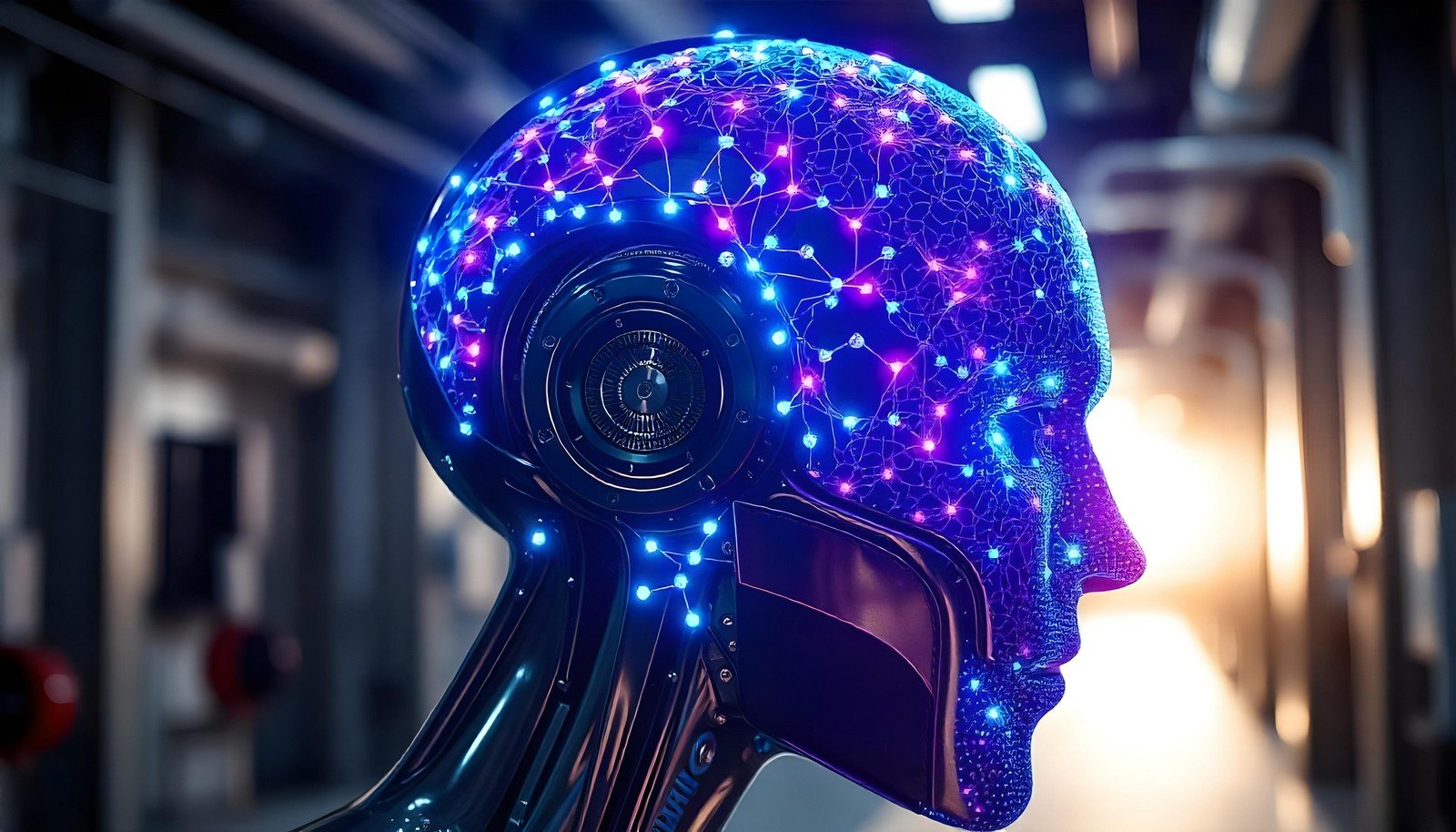Neural Networks (NN)

Quick Navigation:
- Neural Networks Definition
- Neural Networks Explained Easy
- Neural Networks Origin
- Neural Networks Etymology
- Neural Networks Usage Trends
- Neural Networks Usage
- Neural Networks Examples in Context
- Neural Networks FAQ
- Neural Networks Related Word
Neural Networks Definition
Neural networks are computational models inspired by the human brain, designed to recognize patterns and solve complex problems. They consist of layers of interconnected nodes or "neurons," where each connection has an associated weight. Data flows through the network as input passes through layers, undergoing transformations to produce an output. This process, known as forward propagation, allows neural networks to learn from data. Backpropagation, a common training method, adjusts weights by minimizing errors through optimization algorithms, enabling the model to improve its accuracy over time.
Neural Networks Explained Easy
Think of a neural network as a giant web of smart marbles connected by strings. When you give it a problem, the marbles talk to each other and pass information along the strings. Each marble decides what it should do with the information before passing it on, and they keep learning until they get really good at solving the problem you gave them.
Neural Networks Origin
Neural networks have their roots in the 1940s when Warren McCulloch and Walter Pitts created a model for neurons that mimicked the workings of the brain. This foundational work led to further developments in the 1950s and 1960s, with Frank Rosenblatt introducing the Perceptron, an early neural network model. Despite setbacks due to computational limitations, interest resurged in the 1980s with the development of backpropagation and the expansion of multi-layer neural networks.
Neural Networks Etymology
The term "neural" comes from "neuron," referencing the biological cells that transmit information in the brain. The word "network" indicates a system of interconnected nodes.
Neural Networks Usage Trends
Neural networks have seen exponential growth in application and research over the past few decades, especially with the rise of deep learning in the 2010s. From early pattern recognition tasks to today’s advanced applications in computer vision, natural language processing, and autonomous systems, neural networks are pivotal in AI development. Their usage has expanded due to improvements in computational power and the availability of large datasets.
Neural Networks Usage
Formal/Technical Tagging: Machine learning, deep learning, artificial intelligence, computational models
Typical Collocations: training neural networks, deep neural networks, neural network architecture, neural network model
Neural Networks Examples in Context
- Researchers use neural networks to develop self-driving car systems capable of identifying road signs and obstacles.
- A neural network model was employed to improve the accuracy of disease diagnosis in medical imaging.
- Neural networks power voice assistants like Siri and Alexa by understanding and processing human speech.
Neural Networks FAQ
- What is a neural network?
A neural network is a computational model that mimics the brain’s interconnected neurons to solve complex problems.
- How do neural networks learn?
They learn by adjusting weights in their connections based on the input data and output errors through a process called backpropagation.
- What are the types of neural networks?
Common types include feedforward neural networks, convolutional neural networks (CNNs), and recurrent neural networks (RNNs).
- What is backpropagation?
Backpropagation is a training method that updates the weights of the network to minimize output errors.
- Where are neural networks used?
They are used in image and speech recognition, natural language processing, robotics, and more.
- What is the difference between deep learning and neural networks?
Deep learning is a subset of machine learning that uses neural networks with many layers (deep neural networks).
- Can neural networks mimic human thought?
While neural networks can model some cognitive processes, they do not replicate human thought exactly.
- How many layers does a neural network have?
It can have one or more layers; deep neural networks typically have multiple hidden layers.
- Why are neural networks important?
They enable advanced AI capabilities by recognizing complex patterns that traditional algorithms struggle with.
- What is a neuron in a neural network?
A neuron is a computational unit that processes input data and passes it through to the next layer.
Neural Networks Related Word
- Categories/Topics: Machine learning, artificial intelligence, computational neuroscience
- Word Families: Neuron, neural, network, deep learning
Did you know?
In 2012, a neural network developed by researchers at the University of Toronto dramatically improved image classification accuracy in the ImageNet competition. This breakthrough, led by Geoffrey Hinton, Alex Krizhevsky, and Ilya Sutskever, marked the beginning of deep learning’s dominance in AI, paving the way for modern applications in computer vision and beyond.
PicDictionary.com is an online dictionary in pictures. If you have questions or suggestions, please reach out to us on WhatsApp or Twitter.Authors | Arjun Vishnu | @ArjunAndVishnu

I am Vishnu. I like AI, Linux, Single Board Computers, and Cloud Computing. I create the web & video content, and I also write for popular websites.
My younger brother, Arjun handles image & video editing. Together, we run a YouTube Channel that's focused on reviewing gadgets and explaining technology.



Comments powered by CComment